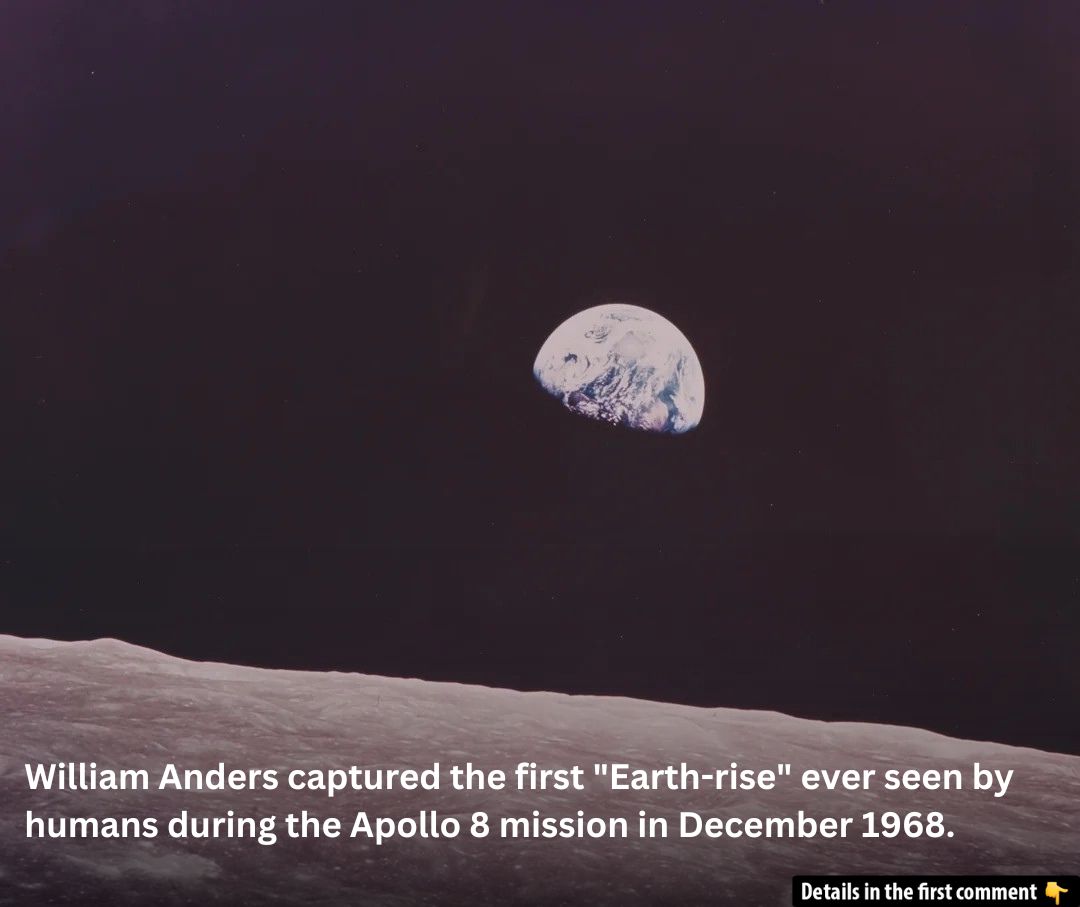On December 24, 1968, during the Apollo 8 mission, astronauts made an unexpected discovery that would change the way humanity viewed its place in the cosmos. As the spacecraft orbited the moon, a stunning image of Earth rising over the barren lunar landscape was captured, becoming one of the most iconic photographs in history. This “Earthrise” photo not only marked a pivotal moment in space exploration but also served as a powerful reminder of the fragility and beauty of our planet. As the astronauts witnessed this historic sight, they unknowingly sparked a movement that would inspire generations to come.
The Significance of Apollo 8’s Historic Mission
The year 1968 was turbulent. The United States was embroiled in the Vietnam War, civil rights protests were sweeping the nation, and political upheaval reached its peak with the assassination of Martin Luther King Jr. and Robert F. Kennedy. Amidst this chaos, the Apollo 8 mission offered a much-needed glimmer of hope. Launched on December 21, 1968, Apollo 8 was the first crewed spacecraft to reach lunar orbit, paving the way for future missions to the moon. But it was not just the accomplishment of reaching the moon that captured global attention—it was what the astronauts saw when they looked back at Earth, a sight that had never been witnessed before by human eyes in such detail.
The Crew and Their Mission Objectives
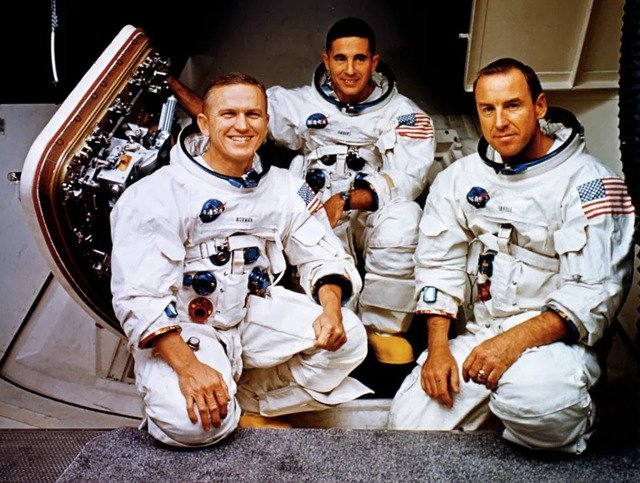
The Apollo 8 crew consisted of three astronauts: Frank Borman, the commander, Jim Lovell, the command module pilot, and Bill Anders, the lunar module pilot. While Borman and Lovell were seasoned astronauts with previous experience, Anders was making his first flight. Together, their task was monumental: to test the Command-Service Module (CSM) and gather critical data on the lunar surface. The primary goal was to test the systems that would later be used for landing on the moon, but photography of the lunar surface and Earth from lunar orbit was also a secondary objective, which would unexpectedly result in one of the most famous photographs in space history.
Video
Watch the video “Earthrise: The Story of the Photo that Changed the World | Short Film Showcase” for an in-depth look at this iconic moment in history.
The Iconic Earthrise Photograph
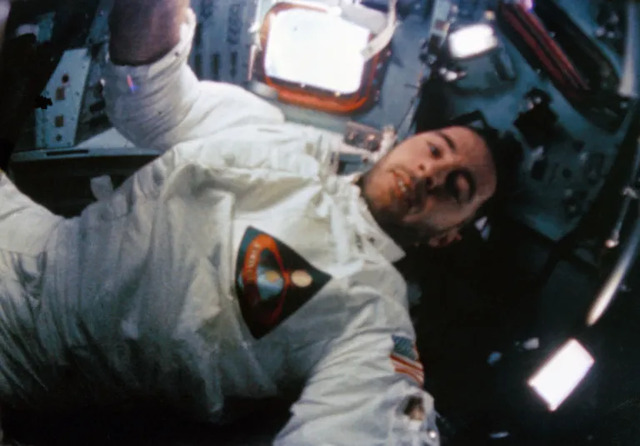
The most memorable and serendipitous moment of the mission occurred on December 24, 1968, during the crew’s third orbit of the moon. While completing a stereo strip photography session, Bill Anders—the rookie astronaut—looked out of the spacecraft’s right-hand window and witnessed the Earth rising over the barren lunar surface. He immediately exclaimed, “Oh my God, look at that picture over there! There’s the Earth comin’ up. Wow, is that pretty!”
At that moment, Frank Borman, who was piloting the spacecraft, quipped, “Hey, don’t take that, it’s not scheduled.” Despite the lighthearted comment, Anders quickly lined up his camera and captured the shot. Unbeknownst to them, this accidental image would go on to become one of the most iconic photographs in history. It showed Earth as a small, fragile blue-and-white orb rising over the harsh, lifeless moon. The image was unplanned but deeply symbolic, and it came to represent the unity of mankind and our shared responsibility for preserving our planet.
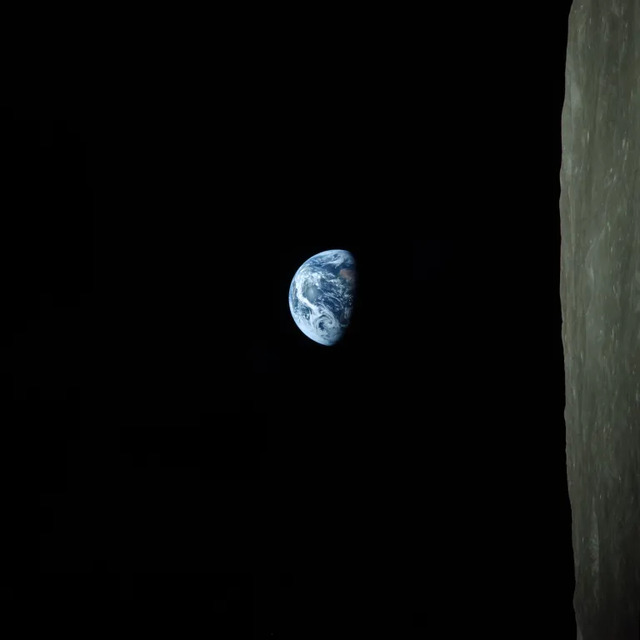
The Equipment Used to Capture Earthrise

To capture the stunning image, Anders used a Hasselblad 500EL camera fitted with a 250 mm telephoto lens—part of the specialized photographic equipment NASA astronauts carried on the Apollo missions. The astronauts also had access to high-resolution black-and-white film and color film for capturing various aspects of the mission.
Although the Earthrise image was taken on black-and-white film, Anders was able to quickly switch to color film to capture the Earth’s stunning blue and white hues. This combination of high-tech equipment and rapid response to an unexpected opportunity made the Earthrise photo all the more remarkable.
Apollo 8’s Flight and the Lunar Orbit
The Apollo 8 spacecraft had been on a three-day coast from Earth, and upon entering lunar orbit on December 24, it began a series of maneuvers to test the systems required for future lunar landings. As the spacecraft passed over the far side of the moon, the crew conducted the planned photo session of the lunar surface and other scientific objectives.
The mission was primarily designed to gather data on the lunar surface and prepare for the first landing. However, it was the accidental glimpse of Earth rising, captured at the precise moment, that became the most lasting and significant achievement of the mission.
Behind the Lens: Capturing Earthrise by Accident

Though capturing Earthrise was not part of the original mission plan, Anders’ swift reaction to what he saw through the window allowed him to capture the iconic photograph. It was a fortunate mistake—one that proved the importance of being ready for the unexpected.
As Anders later recounted, “We were trained to go to the moon. We were focused on the moon, observing the moon, studying the moon, and the Earth was not really in our thoughts until it popped up above that horizon.” The picture was a fluke, but it turned out to be a perfect representation of Earth as seen from space: a fragile, beautiful planet suspended in the vast expanse of space.
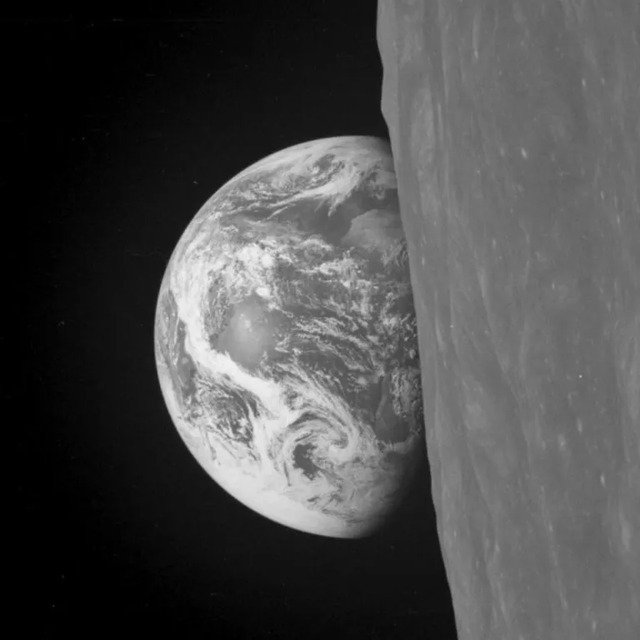
The Christmas Eve Broadcast: Apollo 8’s Message to Earth
On December 24, 1968, in addition to the Earthrise photograph, Apollo 8 delivered another historic moment: a live telecast from lunar orbit. The crew read the first ten verses from the Book of Genesis, offering a Christmas message to the world.
The broadcast was heard by an estimated one billion people across 64 countries, and the images of the barren lunar surface, alongside the crew’s voices, created a powerful moment of connection between humanity and the cosmos. The broadcast was not just a testament to the mission’s success, but also a reminder of the shared experience of humankind.
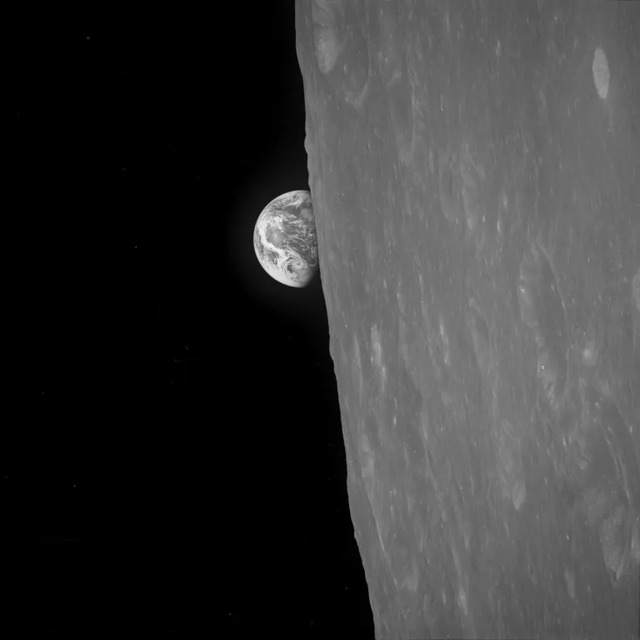
The Legacy of Earthrise
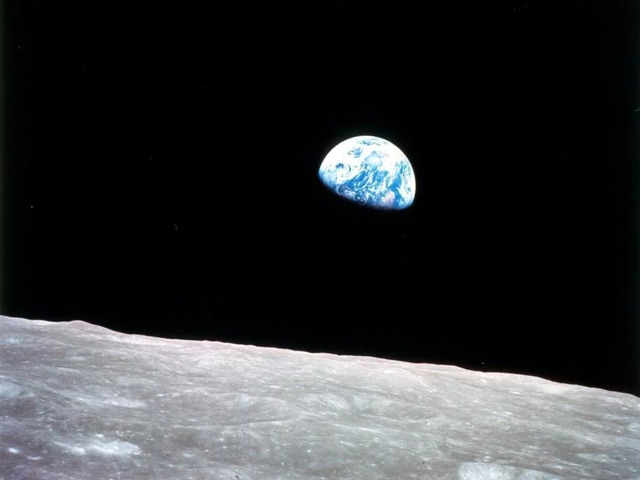
The Earthrise photograph changed the way we viewed the Earth and our place in the universe. It became a symbol of environmental consciousness and unity, inspiring generations to care for our planet and each other. The image prompted people to recognize the interconnectedness of humanity and our shared responsibility for the Earth. It became a reminder that the Earth is fragile, and we must cherish it.
Beyond its environmental message, Earthrise also underscored the triumph of human exploration. It showcased humanity’s potential to reach beyond the confines of our planet and explore the unknown, while reminding us of the importance of our planet as the only home we have.
Video
Watch the video “Apollo 8: Around The Moon and Back” for a detailed look at this historic mission.
Conclusion: Reflecting on the Apollo 8 Mission’s Historic Impact
The Apollo 8 mission was more than a technological milestone; it was a cultural moment that reshaped humanity’s understanding of itself and its place in the universe. The crew’s journey to the moon and their accidental capture of Earthrise became a symbol of hope, unity, and exploration. As we reflect on this iconic photograph, we are reminded not only of the achievements of the Apollo program but also of the enduring power of space exploration to inspire and unite us all. The Earthrise photograph remains a powerful reminder of how far we have come and how much further we can go, together.
